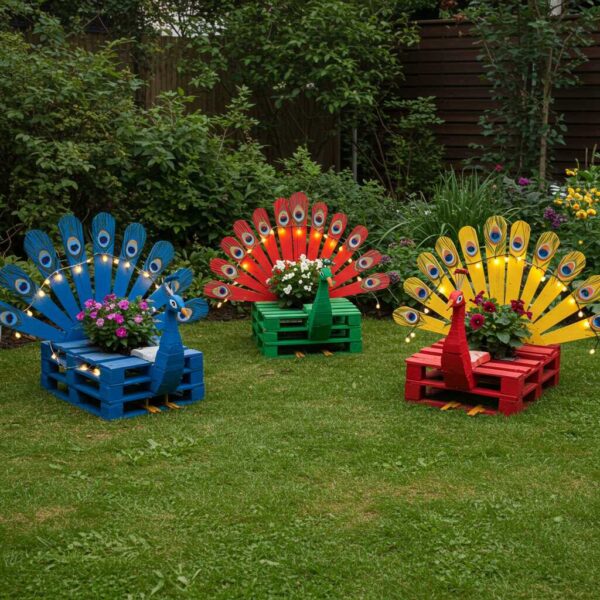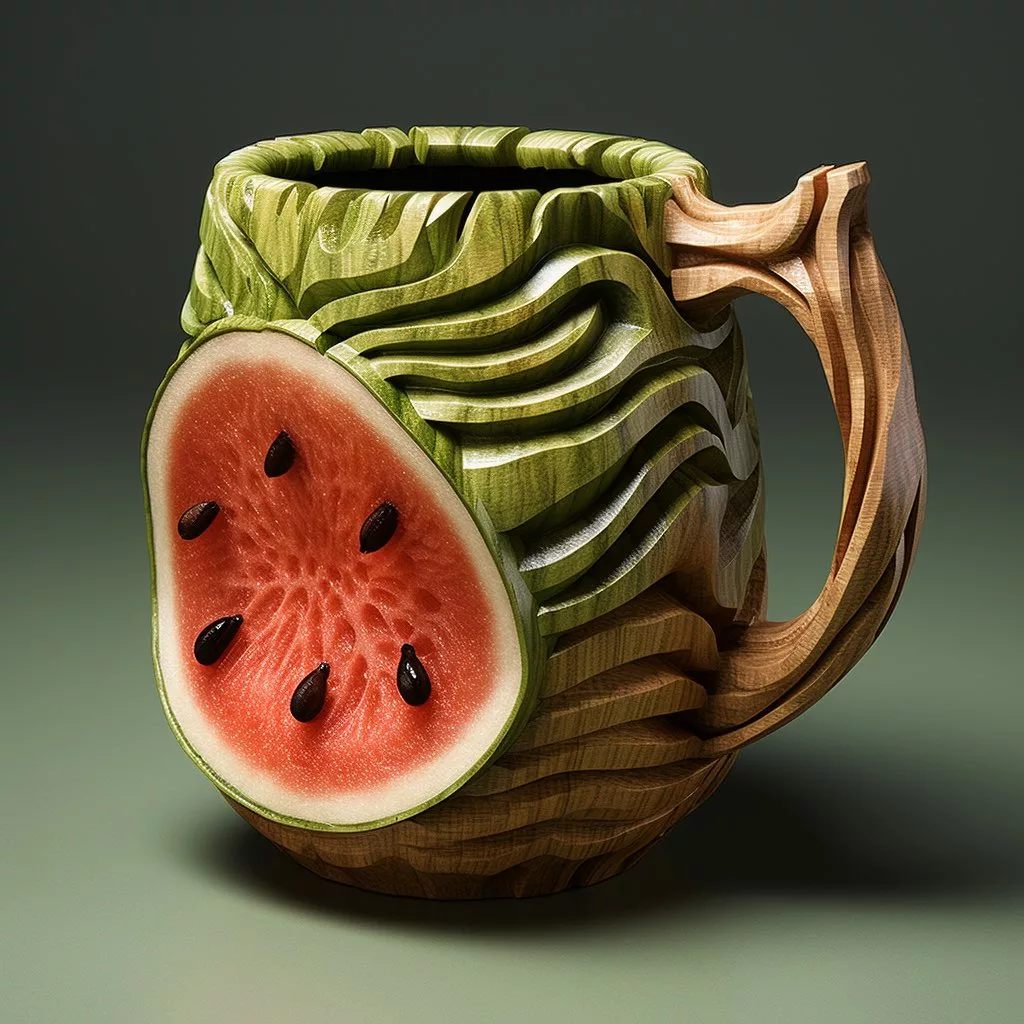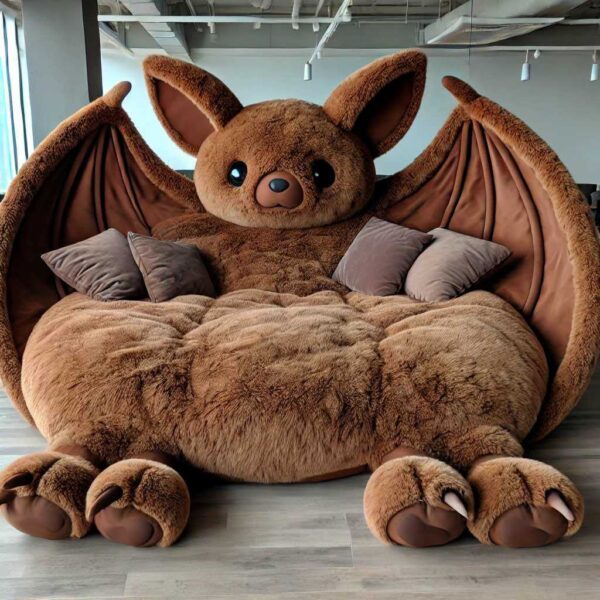As the world evolves, so too does the art of garden design. What was once a simple pursuit of planting flowers and arranging shrubs has transformed into a dynamic interplay of creativity, functionality, and personal expression. Gardens have become more than just spaces for greenery; they are now extensions of our homes, sanctuaries of tranquility, and canvases for artistic innovation. Among the myriad trends shaping modern garden design, one particularly striking phenomenon has captured the imagination of designers and enthusiasts alike: the rise of peacock-shaped planters.
The peacock, with its iridescent plumage and regal demeanor, has long been a symbol of beauty, elegance, and pride. Its influence can be seen across cultures and centuries, from ancient mythology to contemporary art. In the realm of garden design, the peacock’s allure has taken on a new dimension as it inspires a unique trend—planters shaped like this majestic bird. These peacock-shaped planters are not merely functional vessels for nurturing plants but are also works of art that elevate the aesthetic appeal of any outdoor space.
This article delves into the fascinating world of peacock-shaped planters, exploring their origins, their role in contemporary garden design, and the deeper meanings they embody. By examining how these planters reflect cultural symbolism, contribute to creative landscaping, and enhance the sensory experience of gardens, we uncover why they have become such a significant trend. Whether you’re a seasoned gardener or simply someone who appreciates the beauty of nature, understanding the impact of peacock-shaped planters will inspire you to see your garden in a new light.
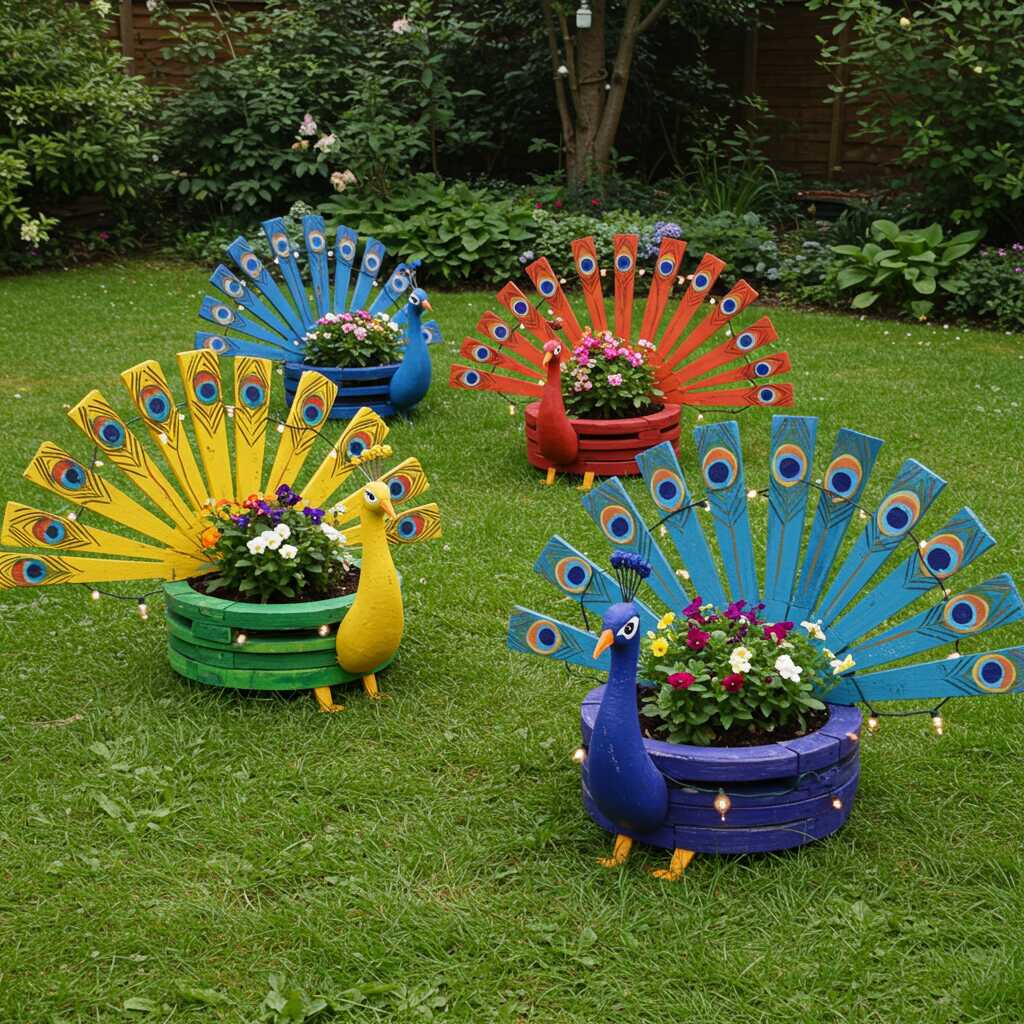
Contents
The Symbolism Behind the Peacock: A Timeless Icon in Garden Design
To truly appreciate the growing popularity of peacock-shaped planters, one must first understand the rich symbolism associated with the peacock itself. Across various cultures and historical periods, the peacock has been revered as a creature of unparalleled beauty and significance. In Hindu mythology, the peacock is considered sacred, often depicted as the mount of Lord Kartikeya, the god of war and victory. Its feathers are believed to represent immortality and protection, while its vibrant colors symbolize the cyclical nature of life and renewal—a fitting metaphor for the ever-changing seasons of a garden.
In Western traditions, the peacock holds similarly profound meanings. Ancient Greeks and Romans associated the bird with Hera, the queen of the gods, viewing it as a guardian of purity and integrity. During the Renaissance, European artists frequently incorporated peacocks into their works to signify nobility and divine grace. Even today, the peacock remains an emblem of luxury and sophistication, often featured in high-end fashion and interior design. This enduring legacy makes the peacock an ideal muse for garden designers seeking to infuse their creations with timeless elegance.
When translated into the form of a planter, the peacock’s symbolism takes on a tangible presence within the garden. Peacock-shaped planters serve as more than decorative accents; they act as conduits for storytelling and cultural expression. Placing one in a garden can evoke themes of renewal, resilience, and harmony, inviting contemplation and introspection. For example, a peacock-shaped planter filled with lush greenery might symbolize growth and vitality, while one adorned with blooming flowers could represent the flourishing of life and creativity.
Moreover, the choice of materials and craftsmanship used in creating peacock-shaped planters further amplifies their symbolic power. Handcrafted ceramic versions may highlight the artisanal traditions of a particular culture, while metallic finishes might evoke the opulence of bygone eras. Each detail—from the intricate patterns mimicking the bird’s feathers to the graceful curves of its body—contributes to the overall narrative woven into the garden’s design. In this way, peacock-shaped planters transcend their utilitarian purpose, becoming focal points that resonate with deeper meanings and emotions.
By embracing the peacock as a central motif, garden designers tap into a universal language of beauty and meaning. These planters invite viewers to pause and reflect, connecting them to broader cultural narratives and personal associations. As such, the inclusion of peacock-shaped planters in garden design is not merely a trend but a celebration of the enduring human fascination with nature’s most exquisite creations.

Creative Landscaping: Peacock-Shaped Planters as Focal Points
One of the most remarkable aspects of peacock-shaped planters is their ability to transform ordinary gardens into extraordinary landscapes. These distinctive pieces are not confined to a single style or setting; instead, they seamlessly integrate into diverse designs, serving as bold focal points that anchor the entire composition. Whether placed in a minimalist courtyard or a sprawling botanical oasis, peacock-shaped planters possess an inherent versatility that allows them to adapt and enhance their surroundings.
In formal gardens, where symmetry and precision reign supreme, peacock-shaped planters can introduce an element of whimsy without disrupting the overall balance. Positioned at the end of a neatly trimmed hedge or flanking a grand entrance, these planters draw attention through their unique silhouette while maintaining harmony with the structured layout. Their ornate details echo the meticulous care evident in the surrounding foliage, creating a cohesive visual dialogue between architecture and nature.
On the other hand, cottage-style gardens benefit immensely from the playful charm of peacock-shaped planters. Here, they blend effortlessly with meandering pathways, wildflower beds, and rustic wooden structures. A brightly glazed planter tucked amidst cascading vines or nestled near a weathered bench adds a touch of unexpected delight, encouraging exploration and discovery. The juxtaposition of the peacock’s refined form against the untamed beauty of the garden creates a dynamic tension that feels both spontaneous and intentional.
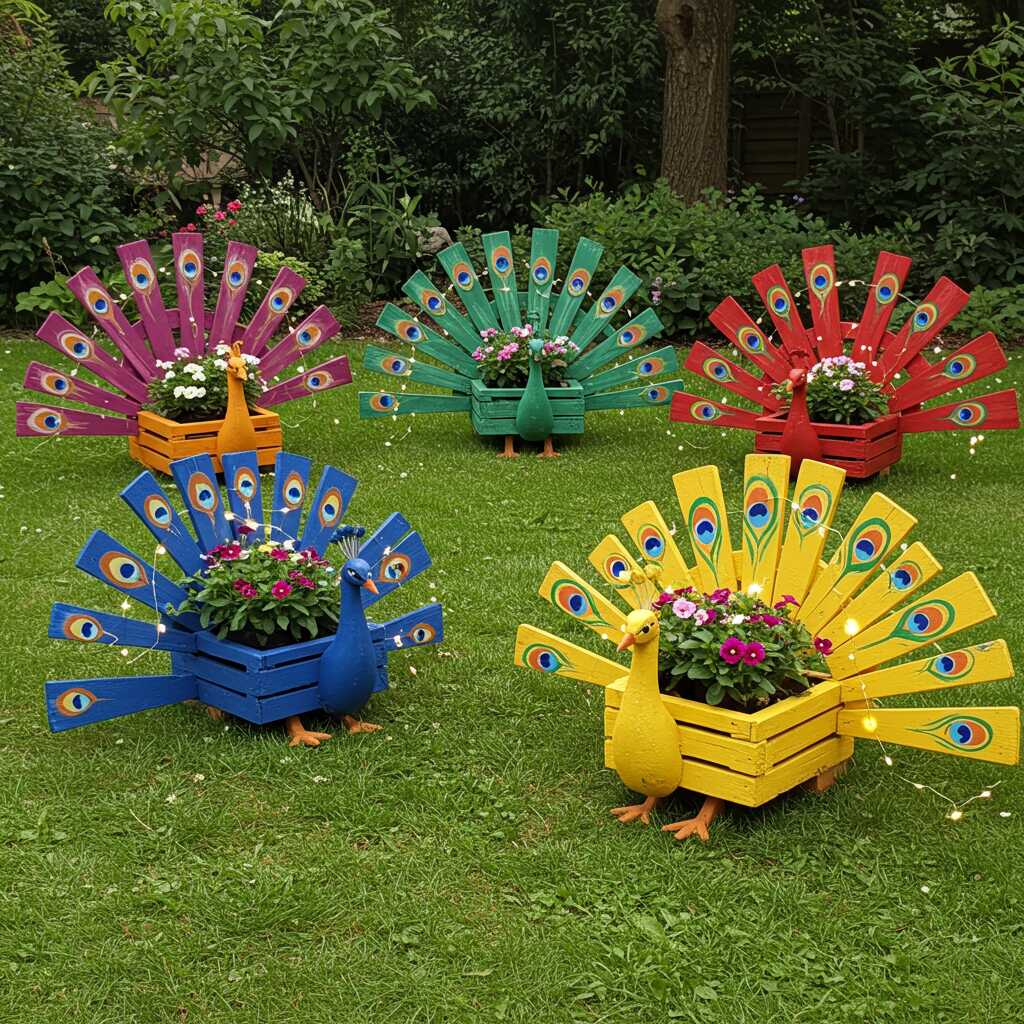
Even in contemporary urban settings, where space is often limited, peacock-shaped planters shine as innovative solutions for small-scale gardening. Rooftop terraces, balconies, and vertical walls come alive when adorned with these sculptural accents. Their eye-catching shape ensures they stand out even in compact environments, transforming modest spaces into verdant retreats. When paired with succulents, trailing ivy, or vibrant annuals, these planters create layers of texture and color that maximize visual impact despite spatial constraints.
Beyond their aesthetic contributions, peacock-shaped planters also excel at guiding movement and defining zones within a garden. Strategically placed along winding paths or at key intersections, they naturally lead visitors through the space, inviting them to pause and admire specific areas. In larger gardens, clusters of these planters can delineate distinct sections, such as seating areas, meditation corners, or children’s play zones, ensuring each part of the landscape feels purposeful yet interconnected.
Ultimately, the true magic of peacock-shaped planters lies in their capacity to spark creativity. They challenge conventional notions of what a planter should look like and encourage gardeners to think outside the box. From experimenting with unconventional plant combinations to incorporating lighting or water features around the planter, the possibilities are endless. By embracing the artistry of peacock-shaped planters, designers and homeowners alike can craft gardens that are not only beautiful but deeply meaningful and uniquely personal.
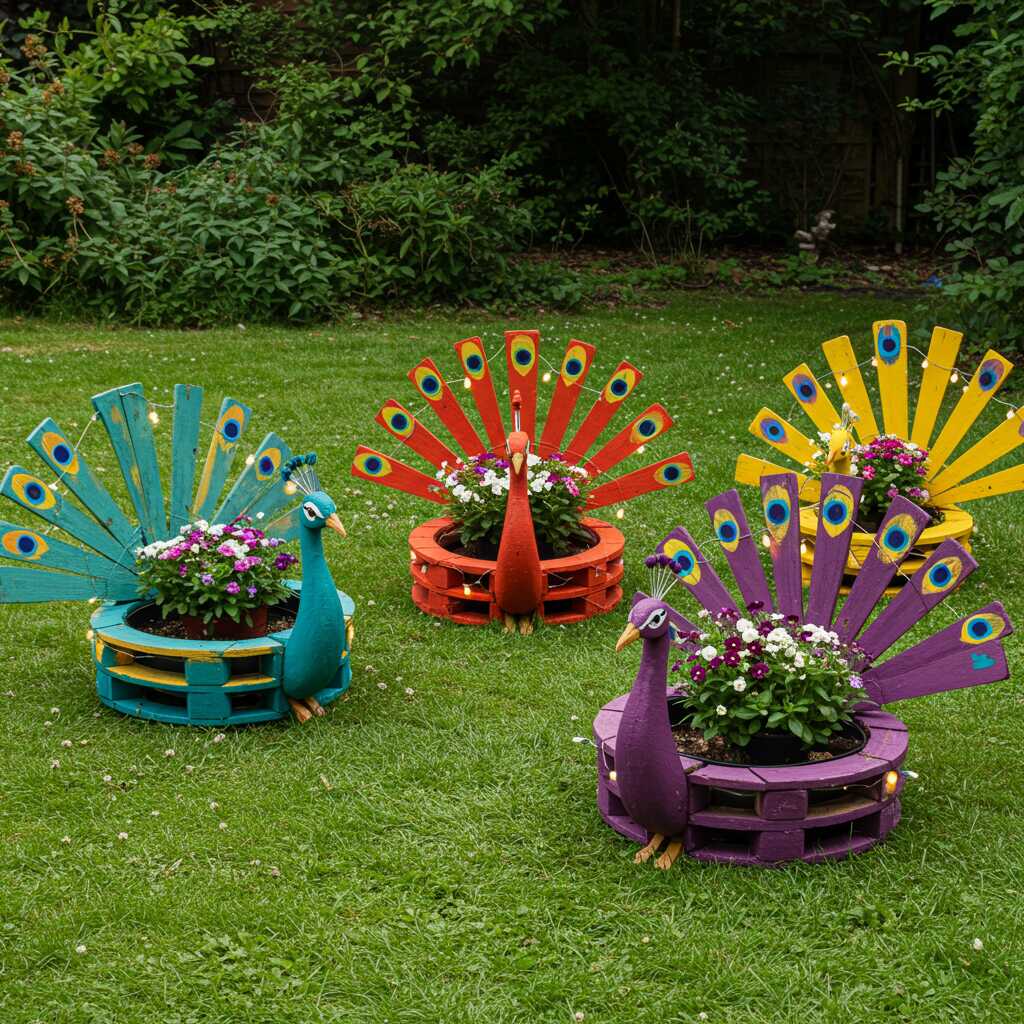
Enhancing Sensory Experiences: The Multisensory Appeal of Peacock-Shaped Planters
Gardens are more than visual spectacles—they are immersive environments that engage all five senses. Peacock-shaped planters play a pivotal role in elevating this multisensory experience, offering opportunities to delight sight, sound, touch, smell, and even taste. Their distinctive design invites closer inspection, encouraging visitors to interact with the garden on multiple levels and fostering a deeper connection with nature.
Visually, peacock-shaped planters captivate with their intricate details and vibrant hues. The shimmering textures reminiscent of a peacock’s feathers catch the light in mesmerizing ways, creating a dynamic interplay of shadows and reflections throughout the day. When paired with thoughtfully chosen plants, such as velvety petunias or feathery ferns, the effect is heightened, drawing the eye toward subtle contrasts in color and texture. This visual richness transforms the garden into a living masterpiece, constantly evolving with the changing seasons.
Sound, too, finds its place in the presence of these planters. Consider a peacock-shaped planter positioned near a gentle water feature—a trickling fountain or babbling brook. The soothing melody of flowing water complements the serene ambiance created by the planter, evoking images of a lush jungle where peacocks roam freely. Similarly, wind chimes or rustling leaves nearby add another layer of auditory intrigue, turning the garden into a symphony of natural sounds.
Touch is perhaps the most intimate sense engaged by these planters. Crafted from materials like smooth ceramics or textured metals, peacock-shaped planters invite tactile exploration. Running fingers over their surfaces reveals the craftsmanship behind each curve and contour, deepening appreciation for the artistry involved. Surrounding plants further enhance this sensory journey—soft mosses, spiky succulents, or fragrant herbs provide contrasting textures that beg to be felt.
Smell, arguably one of the most evocative senses, benefits greatly from thoughtful pairings with peacock-shaped planters. Imagine filling these planters with aromatic blooms such as lavender, jasmine, or gardenias. As visitors approach, they are greeted by wafts of sweet perfume that linger in the air, enhancing the overall sensory tapestry. Even non-flowering plants like rosemary or mint contribute fresh, invigorating scents that awaken the senses and ground the experience in the present moment.
Finally, taste enters the picture when edible plants are incorporated into the design. Herbs like basil, thyme, or lemon balm thrive beautifully in peacock-shaped planters, offering both culinary utility and aesthetic charm. Harvesting a sprig of mint or snipping a few leaves of parsley becomes an interactive ritual, reinforcing the idea that gardens are not just for admiring but for actively engaging with.
By appealing to multiple senses, peacock-shaped planters elevate the garden experience beyond mere observation. They transform outdoor spaces into havens of sensory wonder, where every step unveils something new to see, hear, feel, smell, or taste. This holistic approach to garden design underscores the profound impact these planters have on creating environments that nourish both body and soul.

Conclusion: The Enduring Legacy of Peacock-Shaped Planters in Garden Design
The rise of peacock-shaped planters in garden design is far more than a fleeting trend—it is a testament to humanity’s enduring quest to harmonize art, culture, and nature. These captivating creations encapsulate the essence of beauty, symbolism, and creativity, making them indispensable elements in modern landscapes. Through their intricate forms and versatile applications, peacock-shaped planters bridge the gap between functionality and artistic expression, offering a unique medium for storytelling and personal connection.
Looking ahead, the potential for innovation in this realm remains boundless. As gardeners continue to experiment with new materials, plant combinations, and placement strategies, peacock-shaped planters will undoubtedly evolve, inspiring fresh interpretations and expanding their role in outdoor spaces. Whether as standalone centerpieces or integral components of larger designs, they promise to remain cherished fixtures in gardens worldwide.
For those eager to explore this trend further, consider how peacock-shaped planters might complement your own garden vision. Reflect on the stories you wish to tell, the emotions you hope to evoke, and the sensory experiences you aim to cultivate. With their timeless allure and limitless possibilities, these planters offer an invitation to reimagine your outdoor sanctuary as a canvas of inspiration and discovery.

